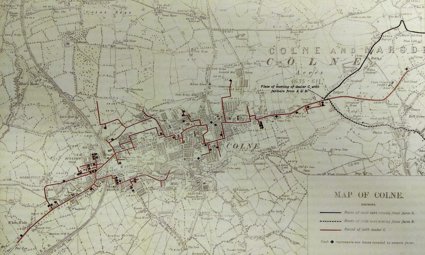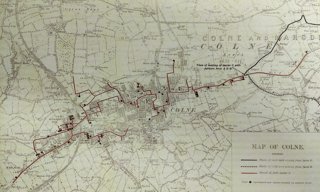
Professor Matthew Smallman-Raynor
Matthew Smallman-Raynor is Professor of Geography at the University of Nottingham.
He studied as both an undergraduate and graduate student at the University of Cambridge where he completed his PhD on the international geography of HIV/AIDS in 1991.
Following academic positions at the Universities of Cambridge and Exeter, and a visiting fellowship at the US Centers for Disease Control and Prevention, Atlanta, he joined the School of Geography at Nottingham in March 1996.
He has worked on the historical and contemporary geography of communicable diseases for some 35 years.
With Andrew Cliff and Peter Haggett, he has co-authored numerous books, monographs and atlases, including:
- Measles: An Historical Geography (Blackwell, 1993);
- Deciphering Global Epidemics (CUP, 1998);
- Island Epidemics (OUP, 2000);
- War Epidemics (OUP, 2004);
- World Atlas of Epidemic Diseases (Arnold, 2004);
- Poliomyelitis: An Historical Geography (OUP, 2006);
- Infectious Disease Emergence and Re-Emergence (OUP, 2009); Atlas of Epidemic Britain (OUP, 2012);
- Infectious Disease Control (OUP, 2013);
- Atlas of Refugees, Displaced Populations and Epidemic Diseases (OUP. 2018); and
- A Geography of Infection (OUP, 2022).
The Atlas of Epidemic Britain was named Medical Book of the Year by the British Medical Association (BMA).
He is currently working with colleagues at Nottingham and Cambridge on a companion volume, Atlas of Vaccination in ritain (CUP, forthcoming).
Map of Colne
